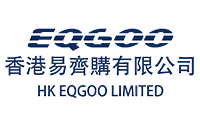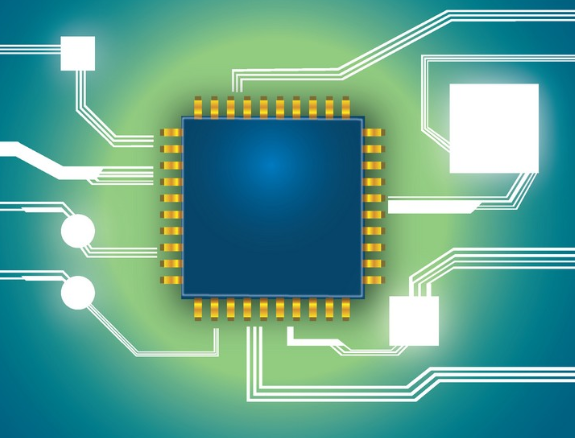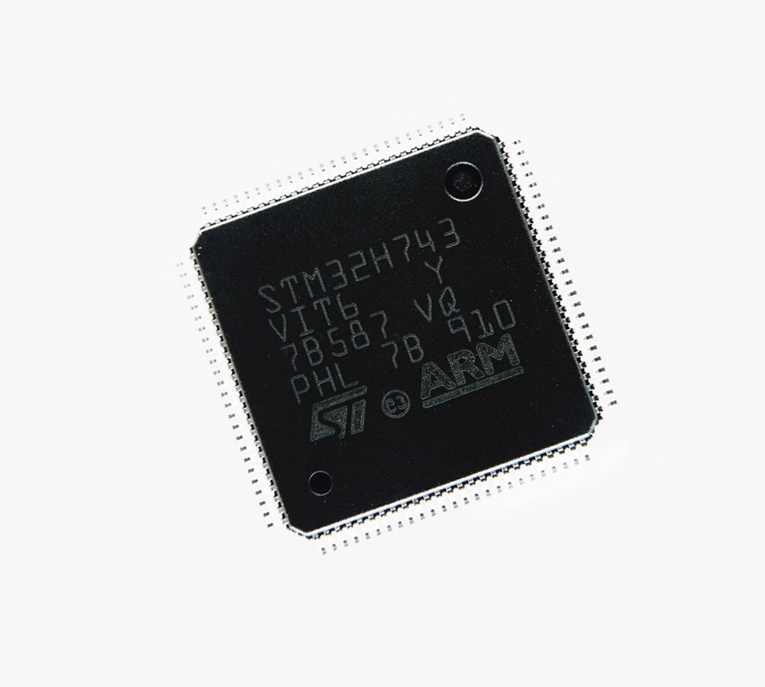Architectural Foundations
The STM32L496 represents modern 32-bit ARM Cortex-M4 architecture with:
- Harvard architecture with separate instruction/data buses
- Thumb-2 instruction set with DSP extensions
- Floating Point Unit (FPU) for single-precision operations
- Memory Protection Unit (MPU) for enhanced security
In contrast, the AT89C4051 employs classic 8051 architecture:
- 8-bit CISC von Neumann architecture
- 12 clock cycles per machine cycle (original 8051)
- Limited register set (8 general-purpose registers)
- No hardware multiplier or divider
Performance Characteristics
| Parameter | STM32L496 | AT89C4051 |
|---|---|---|
| Core Frequency | 80 MHz (max) | 24 MHz (max) |
| DMIPS/MHz | 2.81 | 0.083 |
| Flash Memory | Up to 1 MB | 4 KB |
| SRAM | 320 KB | 128 B |
| Interrupt Latency | 12 cycles (min) | 24 cycles (min) |
Power Management
The STM32L496 implements advanced power-saving features:
- Multiple low-power modes (Stop, Standby, Shutdown)
- Dynamic voltage scaling (1.71V to 3.6V operation)
- Ultra-low-power peripherals (LPUART, LPTIM)
- 1.7 µA in Stop mode (with SRAM retention)
The AT89C4051 offers simpler power management:
- Idle mode (CPU halted, peripherals active)
- Power-down mode (20 µA typical)
- Fixed 5V operation (3V variants available)
Development Ecosystem
STM32L496 Toolchain:
- STM32CubeIDE (Eclipse-based)
- HAL/LL libraries for peripheral abstraction
- FreeRTOS and other RTOS support
- Advanced debugging (SWD, ETM trace)
AT89C4051 Toolchain:
- Keil C51 or SDCC compiler
- Register-level programming model
- Limited RTOS options (typically cooperative schedulers)
- Basic debugging via UART
Application Scenarios
STM32L496 excels in:
- Real-time control systems (motor control, DSP)
- Wireless IoT nodes (BLE/Sub-GHz gateways)
- Graphical HMI applications (with LCD controller)
- Secure embedded systems (with cryptographic acceleration)
AT89C4051 remains viable for:
- Simple control logic (relay timers, sensors)
- Legacy system maintenance
- Cost-sensitive mass production
- 5V industrial environments
Selection Criteria
Key factors when choosing between these architectures:
- Performance Requirements: Cortex-M4 provides 30-40x higher computational throughput
- Power Budget: STM32L496 offers superior energy efficiency in active and sleep modes
- Development Time: ARM ecosystem reduces time-to-market for complex applications
- BOM Cost: 8051 solutions can be 50-70% cheaper for simple applications
All specifications verified against manufacturer datasheets: STM32L496 reference manual (RM0351) and AT89C4051 datasheet (Rev. 0369C).
Get The Best Price From EQGOO!
10K of models in stock! Just waiting for your enquiry!



